Maintaining door lock actuators to extend their lifespan involves regular inspections, proper usage, and preventive measures. Here are some effective strategies to keep your door lock actuators in good condition:
1. Regular Inspection and Cleaning
Visual Checks: Periodically inspect the door lock actuators for signs of wear, damage, or corrosion. Look for loose or damaged wiring and connectors.
Clean the Actuator Area: Dirt and debris can accumulate around the actuator and door lock mechanism. Clean these areas using compressed air or a soft brush to prevent blockages and mechanical wear.
2. Lubrication
Use Appropriate Lubricant: Apply a silicone-based or graphite lubricant to the door lock mechanism and moving parts around the actuator. Avoid using oil-based lubricants as they can attract dirt and cause build-up.
Lubricate Regularly: Regular lubrication ensures smooth operation and reduces friction, which can extend the actuator's lifespan.
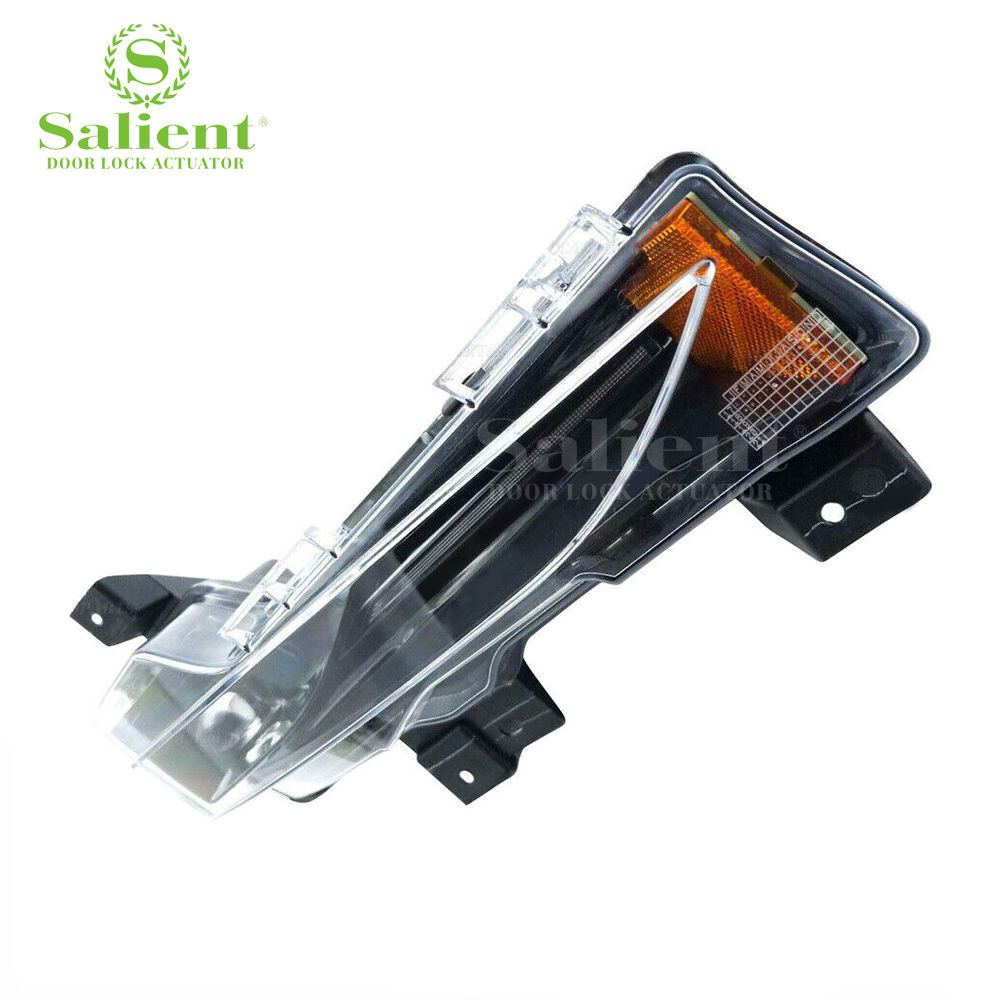
3. Protect Against Moisture
Check Seals and Weatherstripping: Ensure that door seals and weatherstripping are intact and functioning properly to prevent water ingress.
Dry Any Moisture: If you notice moisture around the door lock actuator, dry it immediately and investigate the source of the leak to prevent future problems.
4. Proper Usage
Gentle Operation: Avoid slamming doors or using excessive force when locking or unlocking the doors. Gentle operation reduces mechanical stress on the actuator.
Balanced Use: Use both the key fob and the manual key occasionally to ensure all parts of the lock mechanism stay functional.
5. Battery Health
Maintain Battery Voltage: Ensure your vehicle's battery is in good condition and maintaining proper voltage. A weak or fluctuating battery can strain the electrical components, including door lock actuators.
Check Electrical Connections: Ensure that electrical connections related to the door lock actuator are secure and free from corrosion.
6. Address Issues Promptly
Fix Problems Early: If you notice any signs of actuator issues (e.g., intermittent operation, unusual noises), address them promptly to prevent further damage.
Professional Inspection: If you're unable to diagnose or fix a problem, seek professional help. Early intervention can prevent more serious issues and extend the lifespan of the actuator.
7. Environmental Considerations
Park in a Covered Area: Whenever possible, park your vehicle in a garage or under a cover to protect it from extreme weather conditions that can affect the actuator's performance.
Avoid Harsh Cleaners: When cleaning your vehicle, avoid using harsh chemicals near the door lock mechanism as they can damage the actuator and related components.
8. Routine Maintenance Checks
Incorporate Into Regular Maintenance: Include door lock actuator inspection and maintenance in your regular vehicle maintenance schedule. Routine checks can help catch issues early and ensure the actuators are functioning correctly.
9. Software Updates
Stay Updated: If your vehicle has a computerized locking system, ensure that the software is up-to-date. Manufacturers may release updates that improve the functionality and reliability of the system, including the actuators.
Maintaining door lock actuators involves a combination of regular inspections, proper lubrication, protection against moisture, gentle usage, maintaining battery health, addressing issues promptly, considering environmental factors, and incorporating routine maintenance checks. By following these strategies, you can extend the lifespan of your door lock actuators and ensure reliable operation. If in doubt, consulting with a professional mechanic can help ensure that your maintenance practices are effective.


 English
English Español
Español
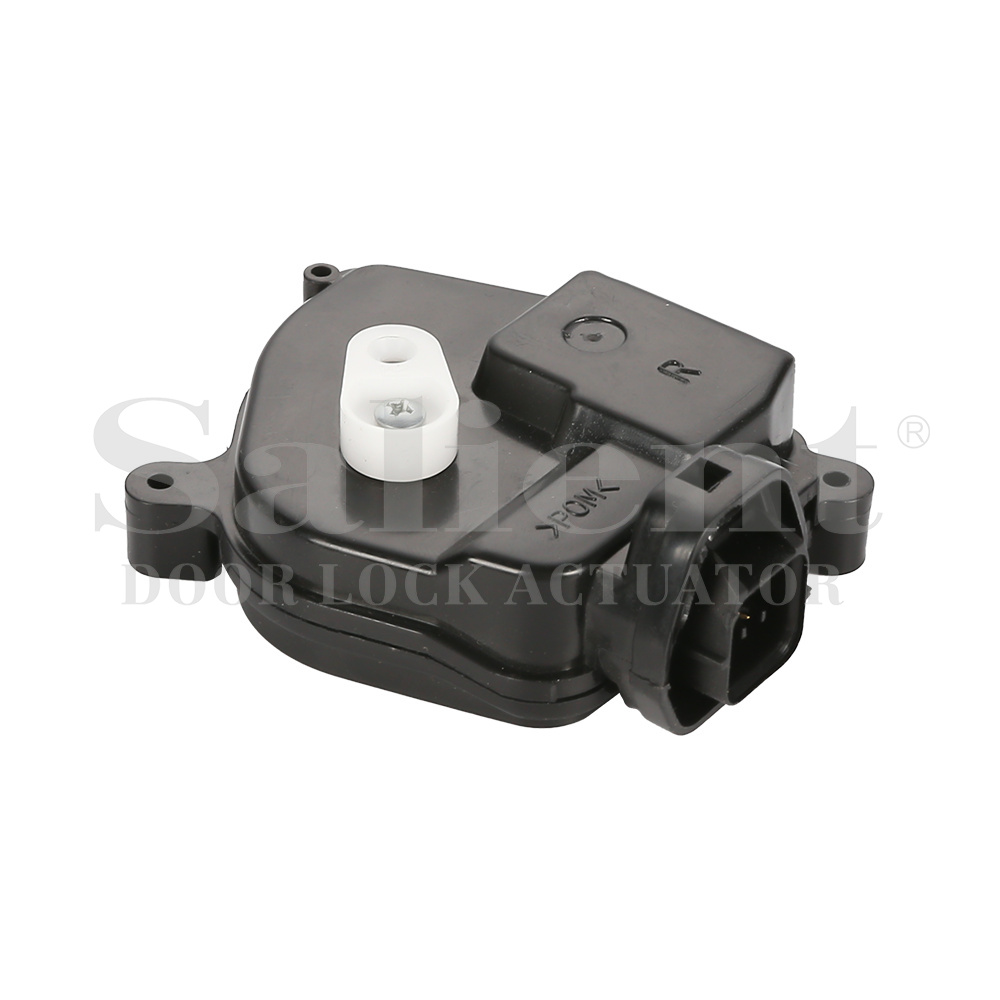
.jpg)
.jpg)
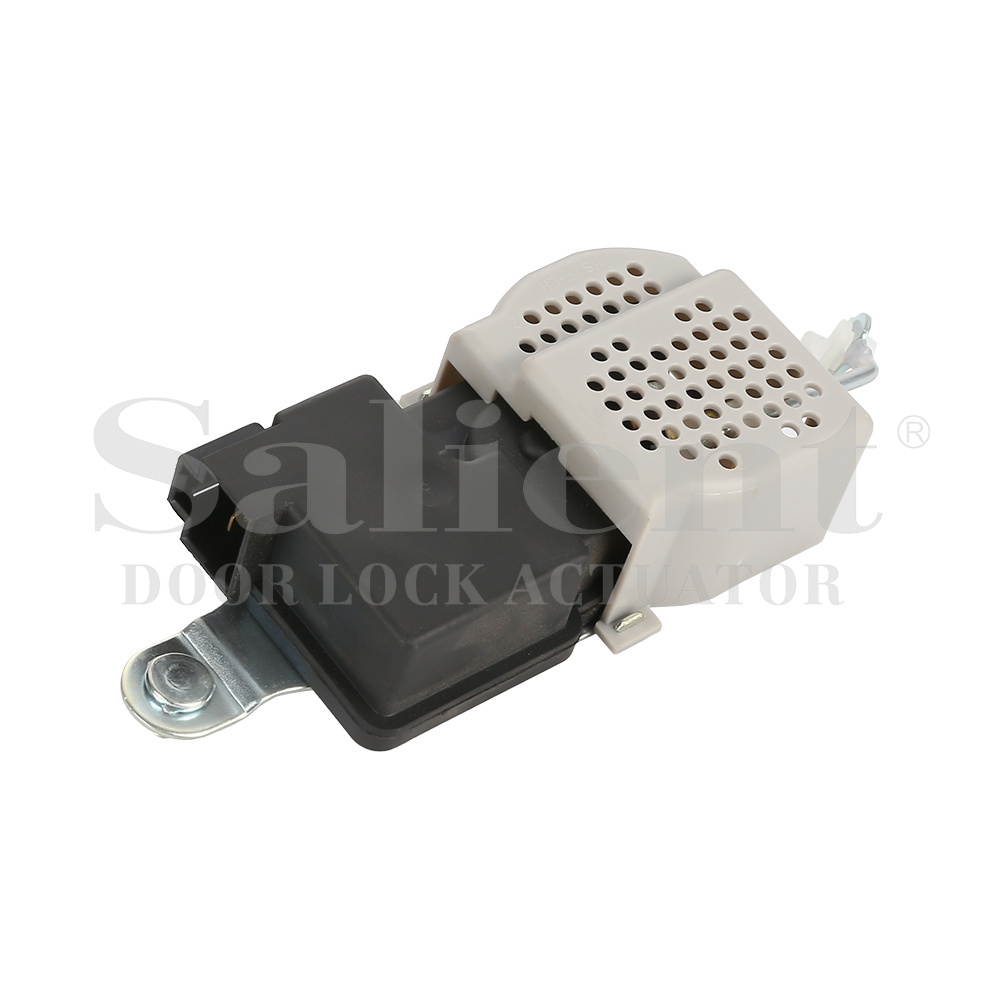
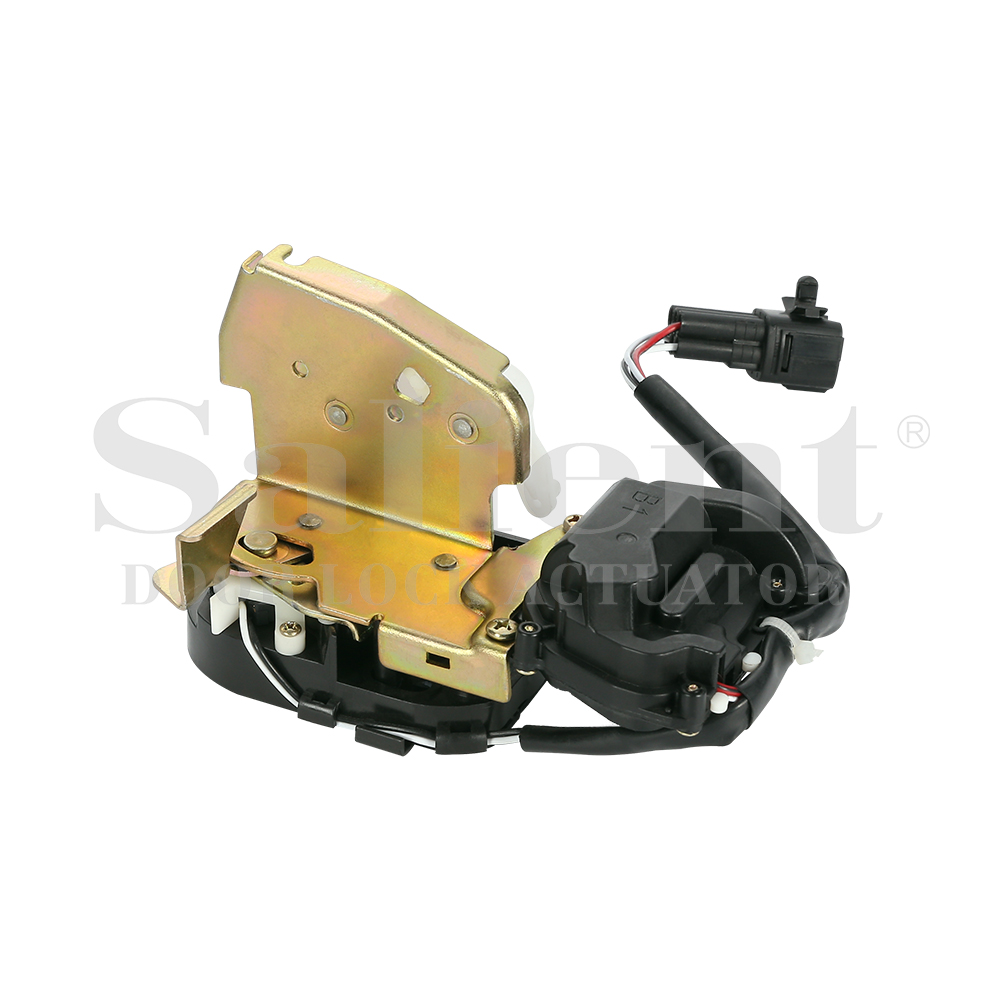
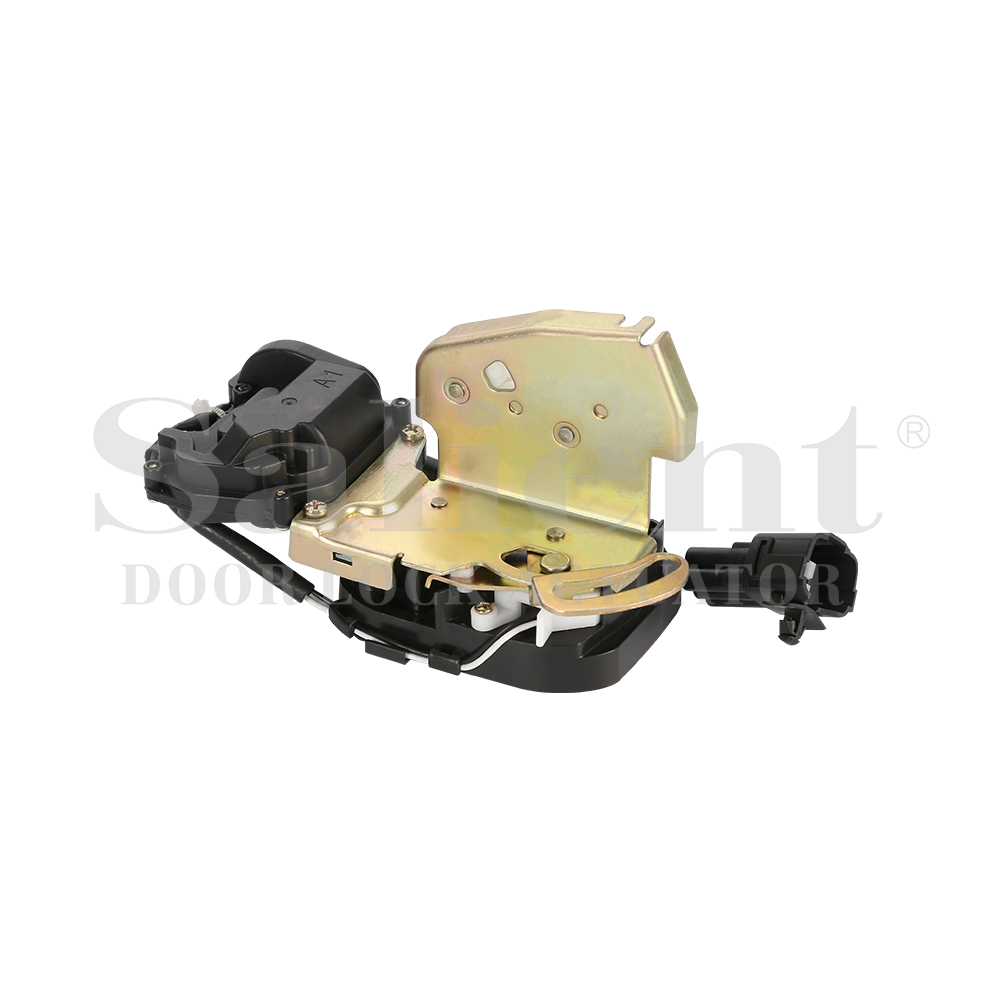
-1.jpg)
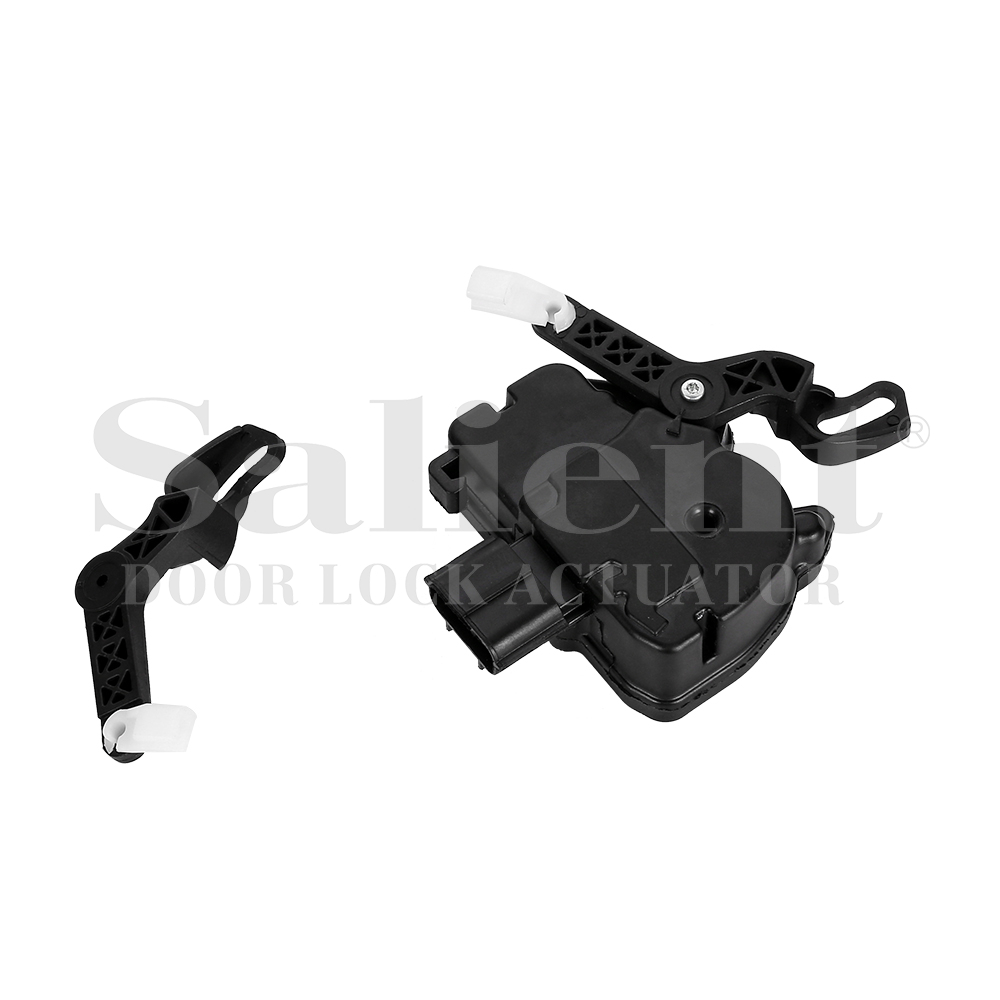
.jpg)
.jpg)
.jpg)
.jpg)

